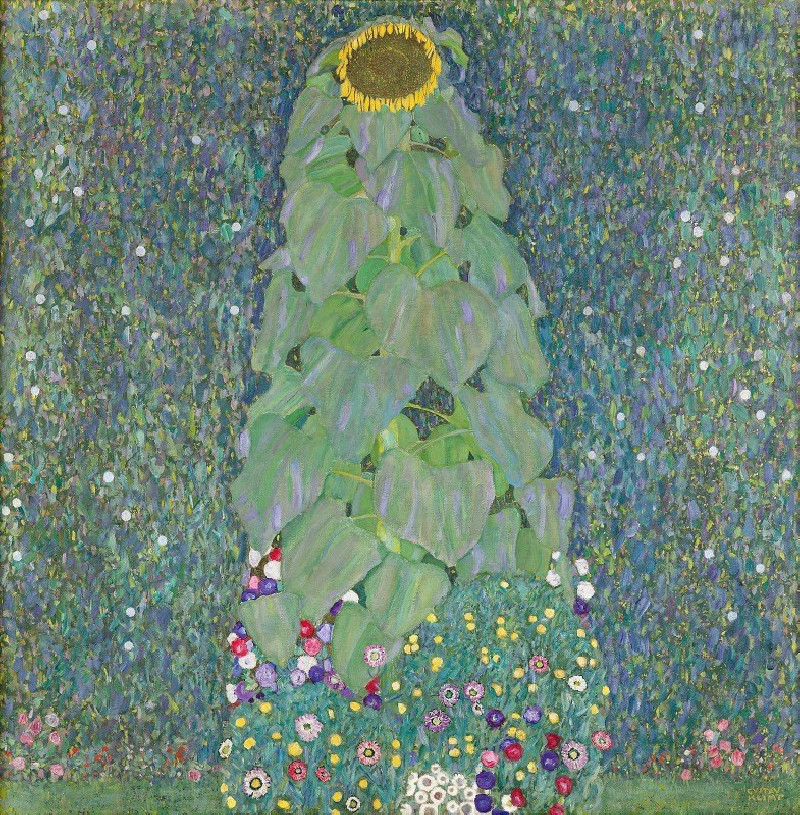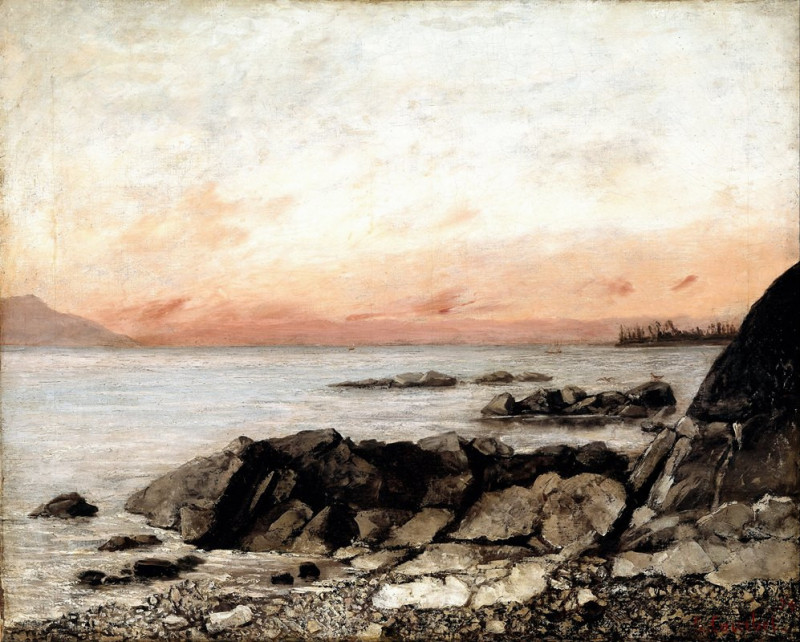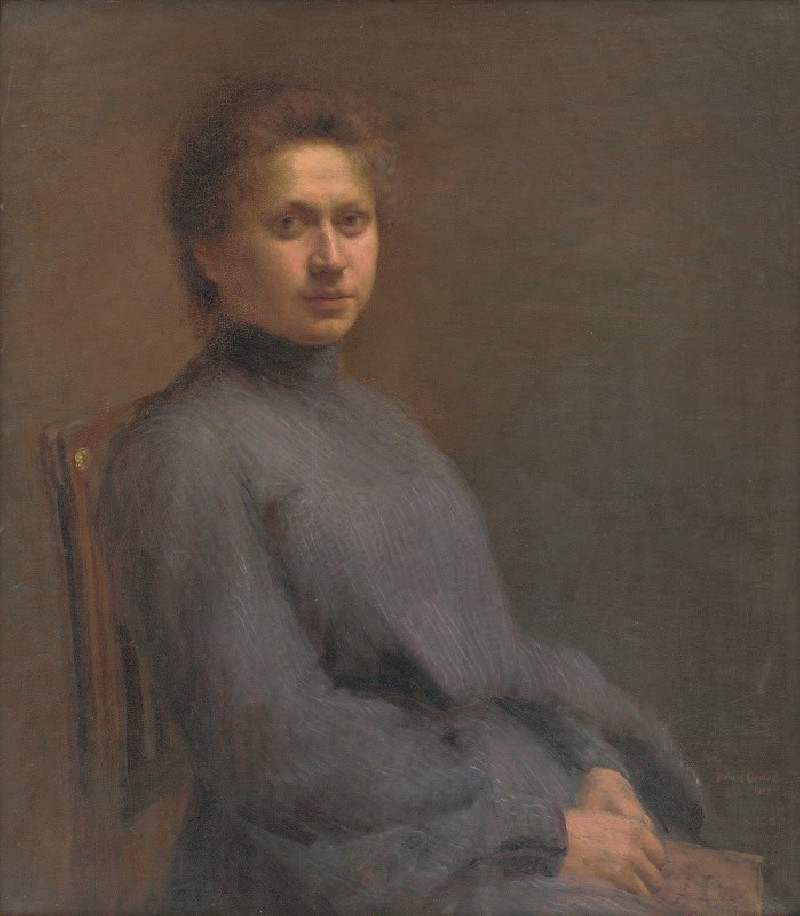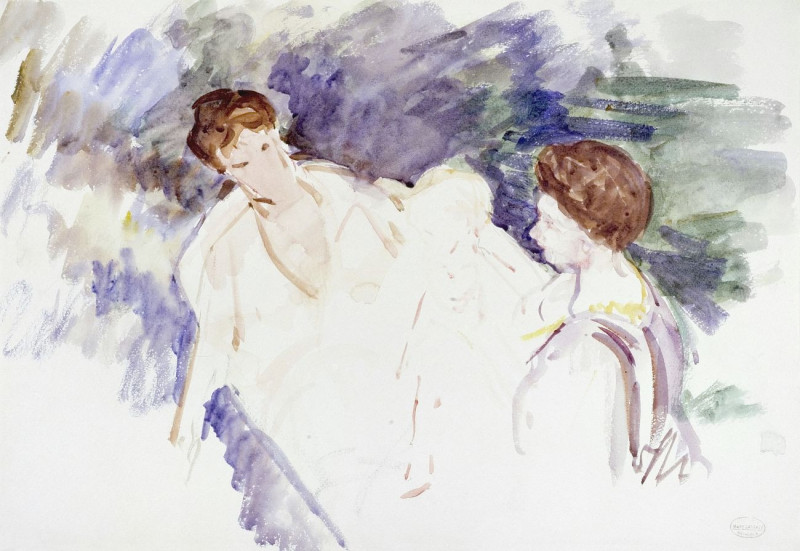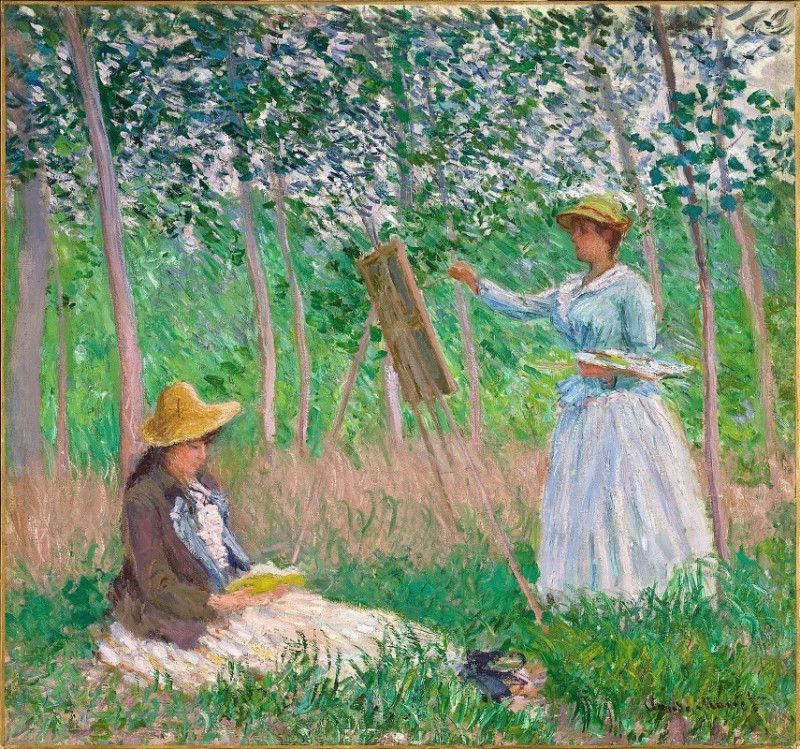Portrait of Quintijn Symons (c. 1634 - 1635)
Technique: Giclée quality print
Recommended by our customers
More about this artwork
"Portrait of Quintijn Symons" (c. 1634 - 1635) by Anthony van Dyck is a captivating work of art that invites viewers to engage with the dignified elegance of the Baroque era. This painting features Quintijn Symons, captured in a moment of quiet contemplation, exuding a sense of gentle gravitas. Symons, dressed in a dark blue doublet with a crisp, white lace collar, sits against a softly rendered landscape backdrop that suggests tranquility.Van Dyck's mastery of portraiture is evident in the delicate play of light on Symons' face and the great attention given to the textures of the fabric and the fine lace of the collar. The subject’s introspective gaze and the slight tilt of his head add a layer of psychological depth, hinting at the thoughtful character of the man portrayed.
Delivery
Returns
Sir Anthony van Dyck (1599 – 1641) was a Flemish Baroque artist who became the leading court painter in England after success in the Spanish Netherlands and Italy.
The seventh child of Frans van Dyck, a wealthy Antwerp silk merchant, Anthony painted from an early age. He was successful as an independent painter in his late teens, and became a master in the Antwerp guild in 1618. By this time he was working in the studio of the leading northern painter of the day, Peter Paul Rubens, who became a major influence on his work.
































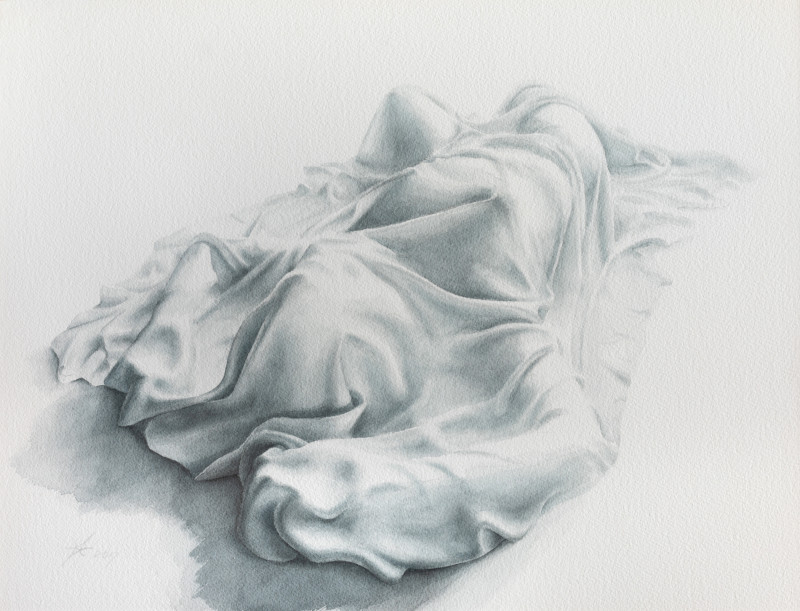
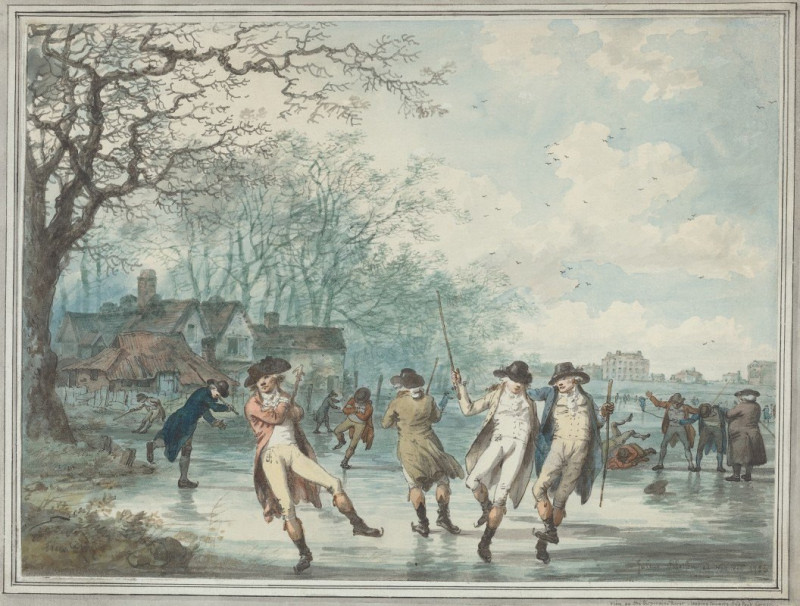

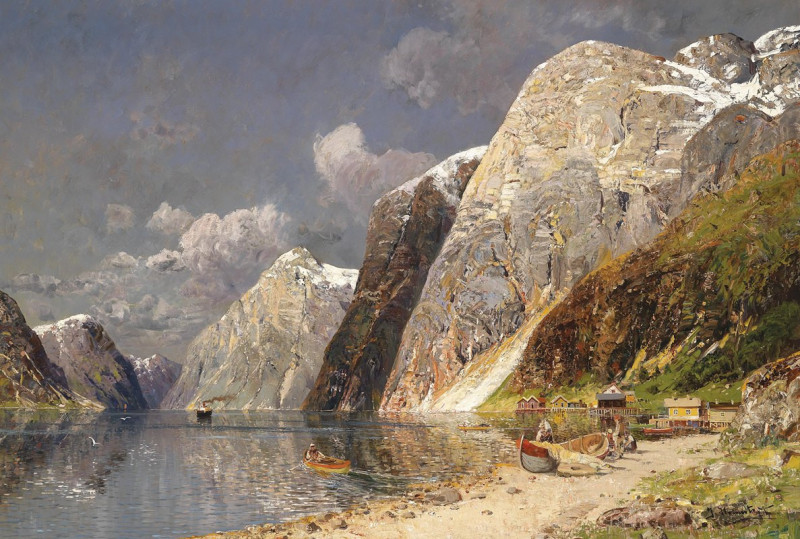



![From Rungpore [Rangpur] (ca. 1783) reproduction of painting by Samuel Davis. ALL GICLEE PRINTS](https://reprodukcijos.lt/44504-large_default/reproduction-of-from-rungpore-rangpur-ca-1783.jpg)

